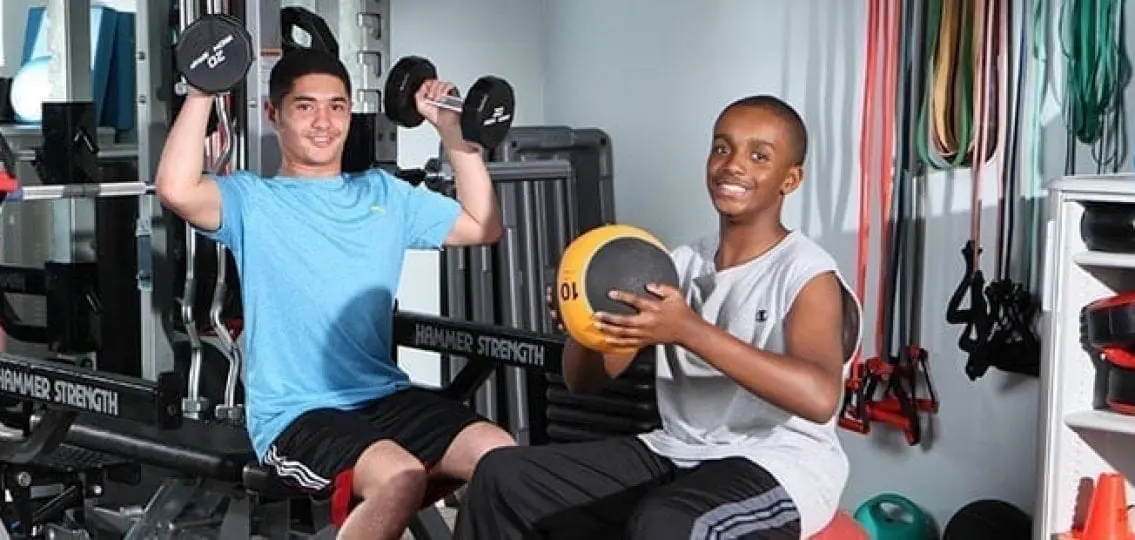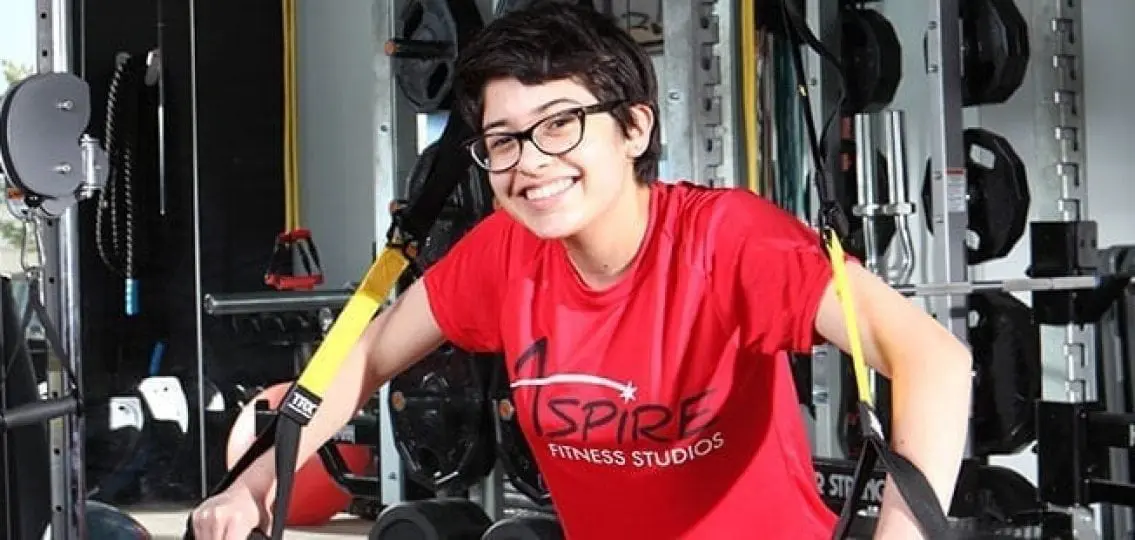Dear Your Teen:
My 13-year-old wants to run a 10K this fall. Is that a safe distance for an adolescent to train for? Do you have specific recommendations for a 10k training plan? Should she be stretching? What kind of diet should she consider? Are there warning signs I should consider to check for unhealthy behavior? Anything else?

EXPERT | Dr. Amanda Weiss Kelly
Training For A 10k: Helping Your Teen Stay Healthy
Safe teen workout plan
A 6.2-mile run is perfectly safe for an adolescent or pre-adolescent to train to run. But it is important for them to gradually increase mileage and pace—no more than 10-15% each week. This will decrease the risk for injuries, such as stress fractures and tendinitis.
Healthy training diet for your teen
Runners should also increase their calorie intake to make up for calories expended during exercise. Not doing so may prevent the building of bone mass and increase the risk for stress fractures. This is particularly important in female athletes, who are at risk for the female athlete triad in which the failure to eat enough calories can lead to hormone changes, menstrual cycle changes, and decreased bone density.
In sum, make sure to monitor both the rate of training and the calorie intake of your teen as they prepare for this event.
During their adolescent years, children accumulate half of their bone mass. So, it is important that adolescents get about 1500 mg of calcium and 1000 IU of vitamin D every day. Athletes also require slightly more carbohydrates and protein in their diets than sedentary people. Additionally, it is important to maintain good hydration: 16-20 ounces of water or an electrolyte drink two to four hours prior to exercise and six to eight ounces of fluid for every 15 minutes of activity, post-exercise.

Regular stretching may help prevent muscular injury. Most athletes prefer to perform a warm-up prior to exercise and stretch after exercise, when the muscles are warm.




